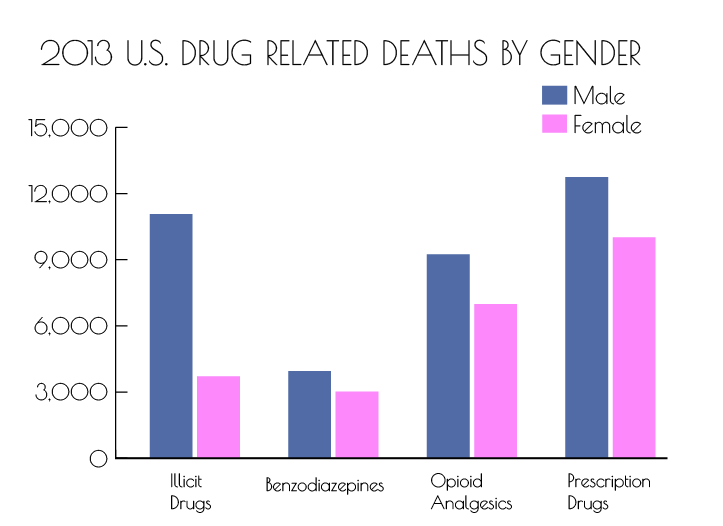While it’s certainly true that nearly any man or woman has the potential to become addicted to almost any substance, activity or object, men’s susceptibility to addiction to various substances and activities does indeed vary depending on the substance and activity as compared to a woman’s susceptibility to addiction. Emerging studies are now showing that there are actually unique male and female forms associated with the various habit-forming conditions. Research has now revealed that both males and females are different in their motives to use drugs or other substances, their vulnerability to addiction, and also in their physical and mental reactions to the various addiction treatment therapies. At the moment, it appears that the key substance that is driving the current research is dopamine. While both males and females produce dopamine, the way that this substance interacts within the brain and body of males and females varies greatly. Dopamine release is one of the key chemicals that are behind the changes that occur in the rewards system of the brain. The release of dopamine is why we continue to repeat behaviors that cause its release, and is believed to have evolved as an adaptive response for early man to eat or participate in sex. The sensations that we experience as the result of having sex or eating, the feeling of satisfaction, comes from the release of dopamine that sexual activity and eating release in the brain. The same thing occurs in many types of addiction, as even thinking about obtaining the addictive substance or habit can cause the release of dopamine in the brain. Two hormones that are responsible for many of the characteristics of gender, estrogen and testosterone, both affect the levels of dopamine released and how it is released. Because of this link between hormones, addiction and dopamine release, there is definitely a difference between the sexes as to how and why they use drugs. A prime example of this is cocaine. Studies reveal that women tend to use cocaine to self-medicate when feeling depressed and unhappy, when their levels of estrogen are fluctuating. Men, on the other hand, generally use cocaine when they are feeling good, in order to feel even better, and happiness in men has been linked to an increase in circulating testosterone levels. Both hormone release and how they affect the release of dopamine then affect the way addiction to cocaine plays out in men and women. Nicotine addiction is another area where gender differences affect the addiction. Studies show that women use smoking to regulate their mood and suppress their appetite, while men generally smoke to improve their attention and performance at work and also to relieve feelings of anger or sensations of pain. Again, the hormones of estrogen and testosterone and how they affect the release of dopamine play a large part for the differences in susceptibility to addiction in men and women who smoke. Alcohol is another addictive, harmful substance that works differently in men and women. Since women’s bodies normally contain less water, less muscle and more fat tissue than men, they are more susceptible to its effects and build dependence on it more quickly than men, alcohol dehydrogenase and aldehyde dehydrogenase are enzymes that break down alcohol in the stomach and liver, and women naturally have less of these in their bloodstreams than men, so they suffer from damage to organs from alcohol use more quickly than men. There are many other harmful, addictive substances and behaviors that work differently in men than women, but regardless of gender, members of both sexes often need help to learn how to reclaim their lives and live addiction free again once an addiction has taken hold.
Men’s Susceptibility to Addiction


